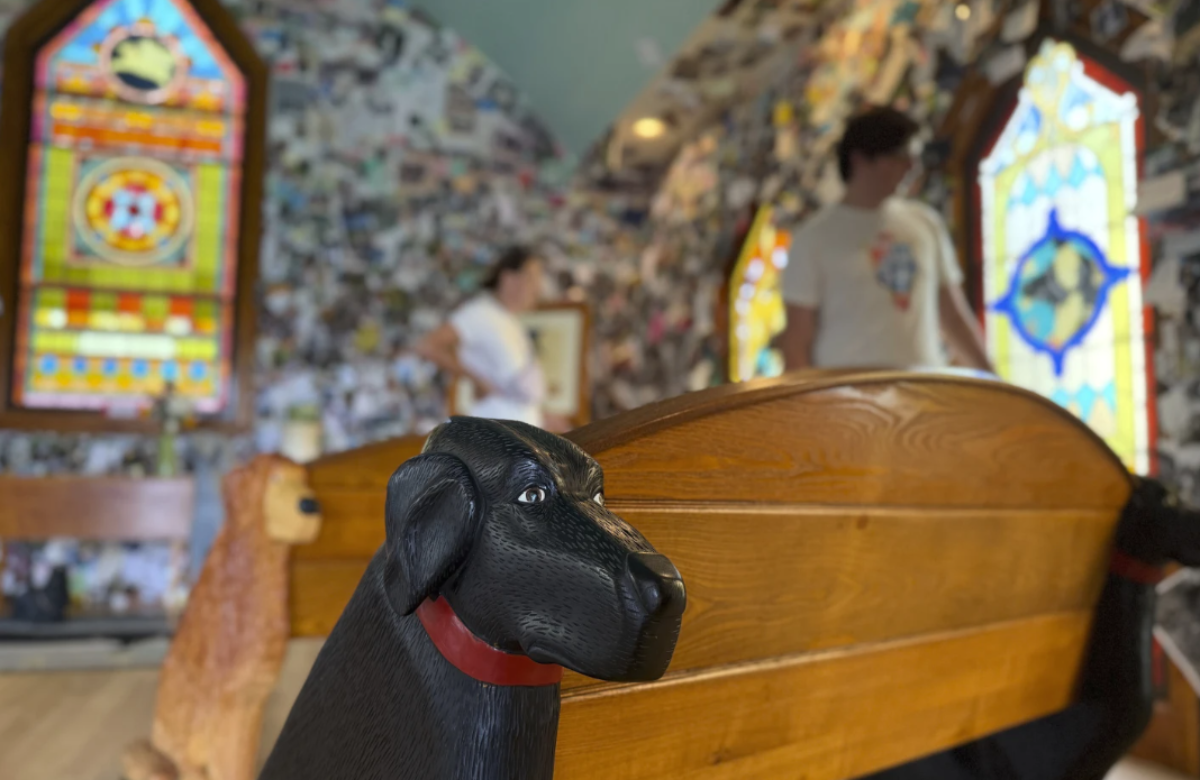Recent archaeological discoveries at a historic site in Jordan have unveiled a remarkable connection to the themes explored in the beloved film series “Indiana Jones.” Deep within the legendary site of Petra, beneath the iconic Treasury, researchers uncovered a hidden tomb containing the skeletal remains of at least a dozen Nabateans, a find that echoes the adventurous spirit of the film.
The Treasury, an exquisite structure carved from pink sandstone, has captivated visitors for centuries with its stunning architecture and storied past. It was part of the Nabataean Kingdom, which thrived in the region over two thousand years ago. Petra, often referred to as the Rose City due to the color of its stone, is not only a UNESCO World Heritage site but also a famous film location, notably featuring in the 1989 film “Indiana Jones and the Last Crusade.” In the movie, the Treasury serves as the backdrop for the search for the Holy Grail, a legendary artifact believed to grant immortality to its possessor.
The excavation led by archaeologists and Josh Gates, host of the Discovery Channel’s “Expeditions Unknown,” aimed to uncover the mysteries surrounding the Treasury and its historical significance. As they delved deeper into the site, they stumbled upon the tomb, which has been described as “perhaps the most significant tomb ever found at Petra,” according to Gates. This discovery is particularly noteworthy since most previously uncovered tombs in Petra have been found devoid of remains, making the intact burial site a rarity.
Gates expressed his excitement about the find, emphasizing its potential to illuminate aspects of Nabataean life and culture. “This breakthrough could not only reveal the secrets of the Treasury above, but it could also offer an extraordinary glimpse into the lives of the early Nabataeans who built Petra,” he stated in a news release.
Among the artifacts discovered within the tomb was a ceramic vessel that bears an uncanny resemblance to the Holy Grail from “Indiana Jones and the Last Crusade.” The image of a skeleton gripping what appeared to be a chalice prompted a striking comparison to the movie’s narrative. In the film, the Holy Grail is portrayed as a powerful relic, capable of granting eternal life to those who drink from it.
The real-life artifact, identified as a fragment from a broken jug, is believed to date back to the first century BC. Gates recalled the moment of discovery with enthusiasm, stating, “When we spotted what looked like a chalice, all of us just froze. It looked nearly identical to the Holy Grail featured in ‘Indiana Jones and the Last Crusade,’ set in the ancient building directly above the tomb. It was the ultimate moment of life imitating art.”
This discovery not only reinforces the connection between fiction and history but also highlights the continuous allure of Petra as a site steeped in mystery and adventure. Petra was once a thriving trade hub, linking various civilizations through its strategic location and sophisticated water management systems. The Nabataeans, known for their impressive engineering skills, created intricate water channels and cisterns that allowed them to thrive in the arid desert climate.

Archaeological efforts in Petra have a long history, with extensive work conducted since the 19th century. Each excavation has yielded valuable insights into the Nabataean civilization, their burial practices, and daily life. The latest findings have sparked renewed interest in further exploration of the area, potentially leading to more significant discoveries that could reshape our understanding of this ancient culture.
As the excavation continues, researchers hope to learn more about the tomb’s occupants and their significance within Nabataean society. The discovery of skeletal remains alongside artifacts suggests that the tomb may have been a burial site for high-status individuals, possibly those of importance within the community.
The remarkable parallels between the film and the archaeological find have captivated both scholars and fans of the Indiana Jones franchise. It serves as a reminder of how cinematic storytelling can draw inspiration from real history, while also fueling interest in archaeological pursuits.
In conclusion, the unearthing of a hidden tomb beneath the Treasury in Petra not only enriches our knowledge of the Nabatean civilization but also creates a fascinating narrative that intertwines archaeology and popular culture. As researchers continue to explore the depths of Petra, there is hope that this ancient city will reveal more of its secrets, enriching our understanding of the past and its influence on modern storytelling. The journey of discovery, much like the adventures of Indiana Jones, remains ongoing, inviting us to ponder the mysteries that lie beneath the surface of our world.















